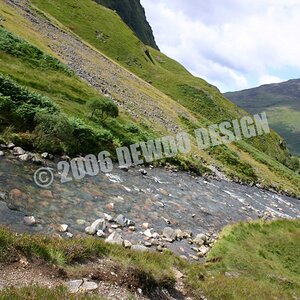sothoth
TPF Noob!
- Joined
- Jul 6, 2006
- Messages
- 250
- Reaction score
- 0
I have a Sigma 10-20 f/4.5-5.6. I also have a Sigma 28-70 f/2.8. The 28-70 is much better for indoor shotting due to the larger max aperature: when I use the built-in flash indoors, the 28-70 looks great, but the 10-20 are very underexposed.
My question is why. Since this is an SLR (metered through the lens) and the photo subject is just a few feet away, shouldn't the camera compensate for the smaller max aperature on this lens? Or is this a problem with the built-in not being able to produce enough light to compensate for a smaller aperature? It seems to me like the SLR should "know" what aperature I'm at and adjust for the limitations of the flash by changing ISO or using a longer exposure. Maybe it's just me but I find this perplexing and kind of annoying.
Next questions is will buying a mounted or non-mounted external flash solve this problem? I know the built-in is rather sucky, but I'm not convinced that a brighter/better flash will take care of this. Or is the best solution for me to adjust the settings on my own and forget about wanting the camera to take decent indoor shots without my intervention.
My question is why. Since this is an SLR (metered through the lens) and the photo subject is just a few feet away, shouldn't the camera compensate for the smaller max aperature on this lens? Or is this a problem with the built-in not being able to produce enough light to compensate for a smaller aperature? It seems to me like the SLR should "know" what aperature I'm at and adjust for the limitations of the flash by changing ISO or using a longer exposure. Maybe it's just me but I find this perplexing and kind of annoying.
Next questions is will buying a mounted or non-mounted external flash solve this problem? I know the built-in is rather sucky, but I'm not convinced that a brighter/better flash will take care of this. Or is the best solution for me to adjust the settings on my own and forget about wanting the camera to take decent indoor shots without my intervention.


![[No title]](/data/xfmg/thumbnail/38/38444-6063bb59cb410c520a1ccccbe58db9c7.jpg?1619738614)
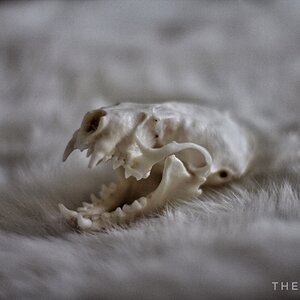
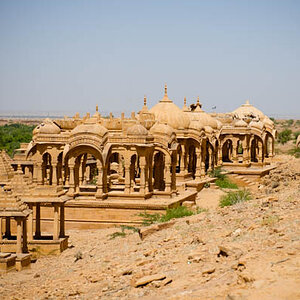
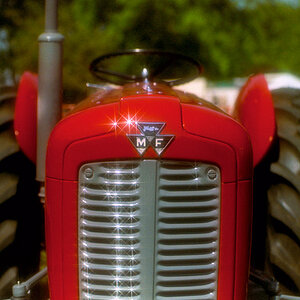

![[No title]](/data/xfmg/thumbnail/40/40306-ea393f71adcd88a9abb9fb16dc6af2d5.jpg?1619739413)
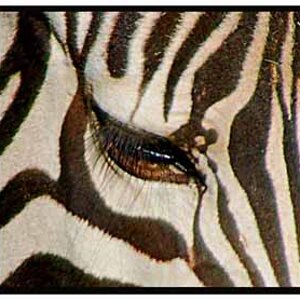
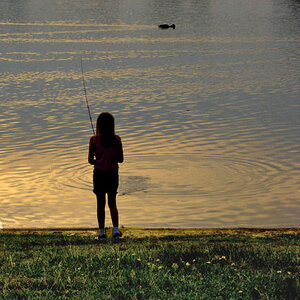
![[No title]](/data/xfmg/thumbnail/39/39291-a89dc472765e04f66f617dd9acc8030d.jpg?1619738958)


